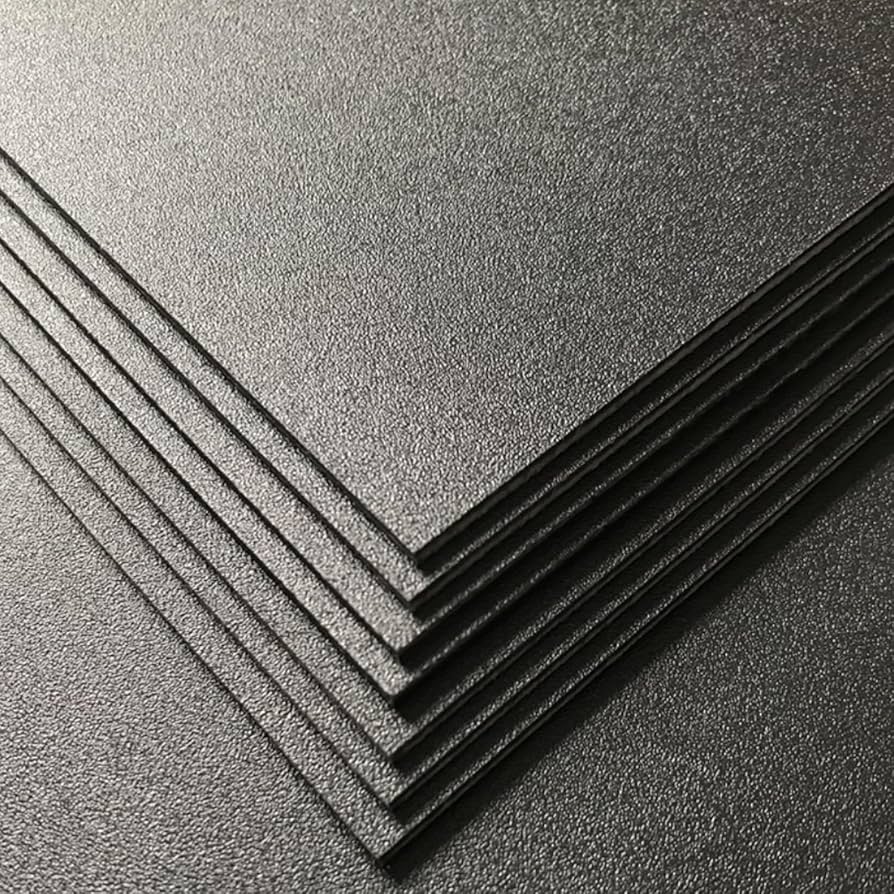Plastic sheet Malaysia products remain a quiet workhorse across industry in 2025 — lightweight, versatile and increasingly tuned to regulatory and sustainability pressures. From factory floors to façade glazing, Malaysian manufacturers and end-users are using polycarbonate, acrylic, PVC and polypropylene sheets in ways that balance cost, performance and a new emphasis on circularity.
A fast-moving market with local momentum
The broader plastics sector in Malaysia has shown steady growth, with plastic films and sheets continuing to be a strong export line in 2024. Industry data published by local trade bodies shows exports of plastic films and sheets rose modestly in 2024, underlining steady overseas demand as Malaysian downstream manufacturers supply regional electronics, automotive and packaging value chains.
Construction and architecture — polycarbonate leads the charge
Polycarbonate sheet has become the go-to plastic sheet for many construction applications where clarity, impact resistance and thermal performance matter. In Malaysia’s tropical climate, multiwall and solid polycarbonate are widely used for roofing, skylights, canopies and partition walls because they offer high light transmission while cutting UV and heat gain compared with glass alternatives. Their durability and lighter weight reduce structural requirements and installation costs, making them popular for commercial buildings, covered walkways and greenhouse roofs. Market research continues to point to rising demand for polycarbonate in Asia Pacific driven by urbanisation and commercial projects.
Signage, retail and displays — the acrylic advantage
Cast and extruded acrylic sheets dominate signage, point-of-sale displays and retail fixtures. Acrylic’s optical clarity, ease of fabrication (laser cutting, thermoforming) and capacity for vibrant surface finishing make it the preferred choice for illuminated signs, exhibition stands and shopfronts. In 2025, as retailers chase strong visual merchandising, acrylic remains a cost-effective, fashionable substrate — particularly in malls and transport hubs where durability and aesthetics both matter.
Packaging and industrial liners — thin sheets, big impact
Plastic sheets and films — especially polypropylene, PET and PVC variants — are central to Malaysia’s packaging industry. They’re used for rigid trays, clamshells, food liners, industrial separators and protective sheetings. The growth of e-commerce and local food processing means demand for durable, lightweight packaging that protects goods in transit is strong. At the same time, 2025 regulatory and market attention on recycled-content and packaging circularity is nudging producers toward recycled resin blends and mono-material designs that make recycling easier.
Food safety and medical uses — standards matter
Sheet materials used for food-contact components and medical environments must meet safety and migration standards. Malaysian manufacturers increasingly work with certification bodies and testing labs to supply food-grade PVC, PET and polypropylene sheets that comply with local food safety rules and buyer specifications. The trend toward medical-grade partitions (temporary screening), protective resin glazing and hygienic wall panels has grown since the pandemic, and plastic sheets are favoured for easy cleaning and disinfecting. Regulatory shifts across the region and new guidance on recycled content for food packaging are prompting careful material selection and testing workflows.
Industrial fabrication, machinery guards and electronics
On factory floors, plastic sheets serve as machine guards, safety barriers, insulation panels and component housings. Polycarbonate’s impact resistance makes it ideal for transparent machine guards, while PVC and polypropylene sheets are used for chemical-resistant panels and linings in processing plants. In electronics manufacturing, cleanable plastic partitions and anti-static sheet variants are used for workstations and protective enclosures. The combination of mechanical strength and lighter weight compared with metal reduces handling costs and simplifies retrofit work.
Agriculture and aquaculture — low-cost shelters and liners
Plastic sheets in the form of greenhouse cladding, pond liners and temporary shelters remain common in Malaysian agriculture and aquaculture. UV-stabilised polyethylene and polycarbonate sheets extend growing seasons in protected cropping and provide durable, low-cost water containment in fish farms. Their resistance to salt and water, plus easy field installation, keeps them popular in rural and peri-urban projects.
Sustainability and regulation — a defining theme for 2025
Sustainability is the headline trend shaping how plastic sheets are produced and used. Malaysian authorities and standards bodies tightened controls on plastic waste importation and inspection in 2025, and businesses are responding by improving traceability, using recycled content where appropriate and designing for recyclability. National programmes and international buyers are increasingly requesting proof of responsible sourcing, certified testing and end-of-life plans for plastic components — an expectation that is changing procurement and product design across the sheet market.
What manufacturers and buyers should watch
Buyers should specify application-driven properties (UV resistance, heat deflection, food compliance, anti-static) rather than generic grades. Suppliers who can provide testing certificates, recycled-content options and clear end-of-life guidance will be favored. For manufacturers, investing in material traceability, SIRIM-compliant testing and mono-material product designs will ease market access and align with 2025’s regulatory environment.
Plastic sheet products in Malaysia in 2025 are no longer just cheap substitutes. They are engineered solutions across construction, packaging, manufacturing and agriculture — increasingly shaped by sustainability rules and a market that rewards transparency and tested performance.
